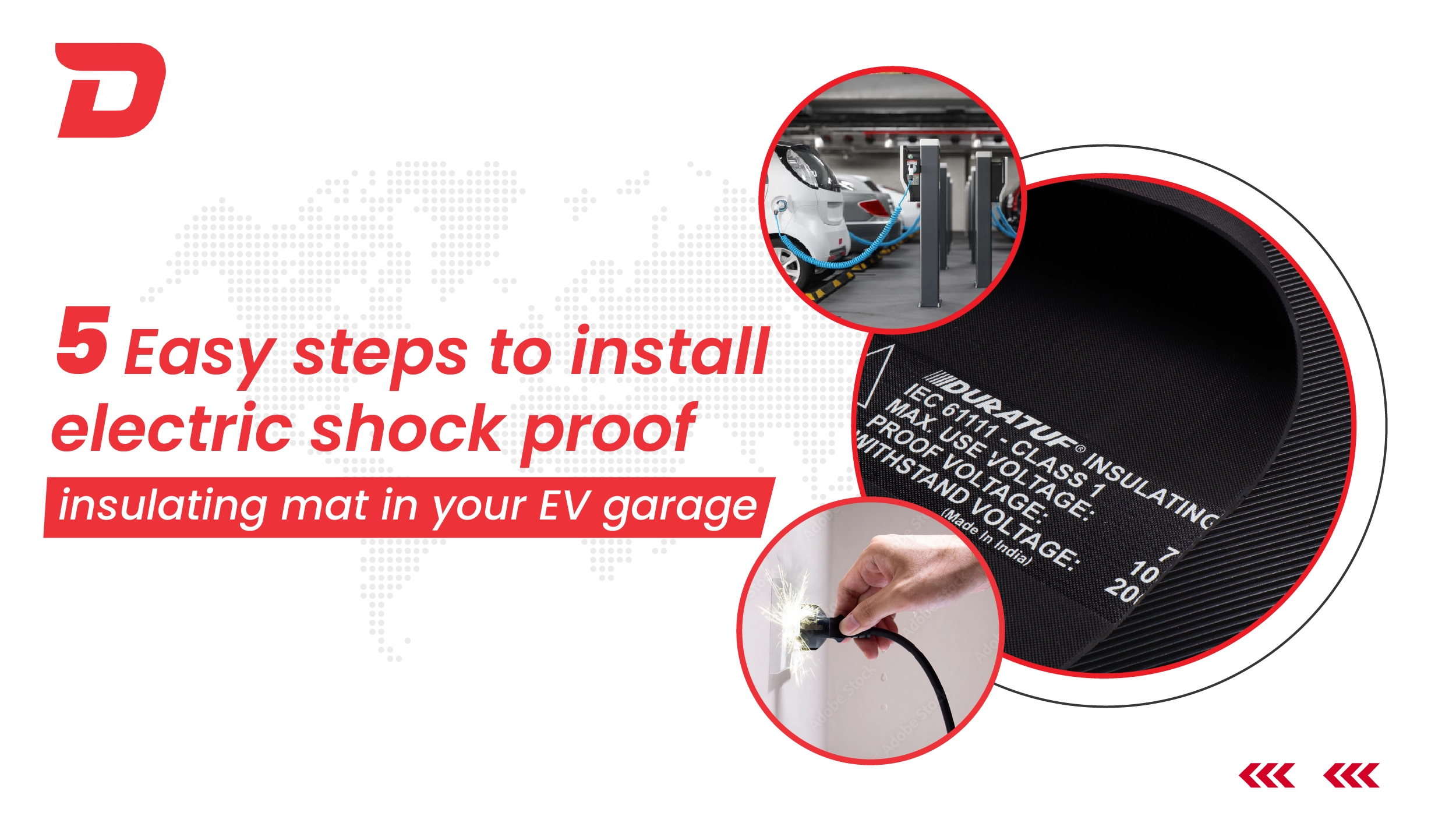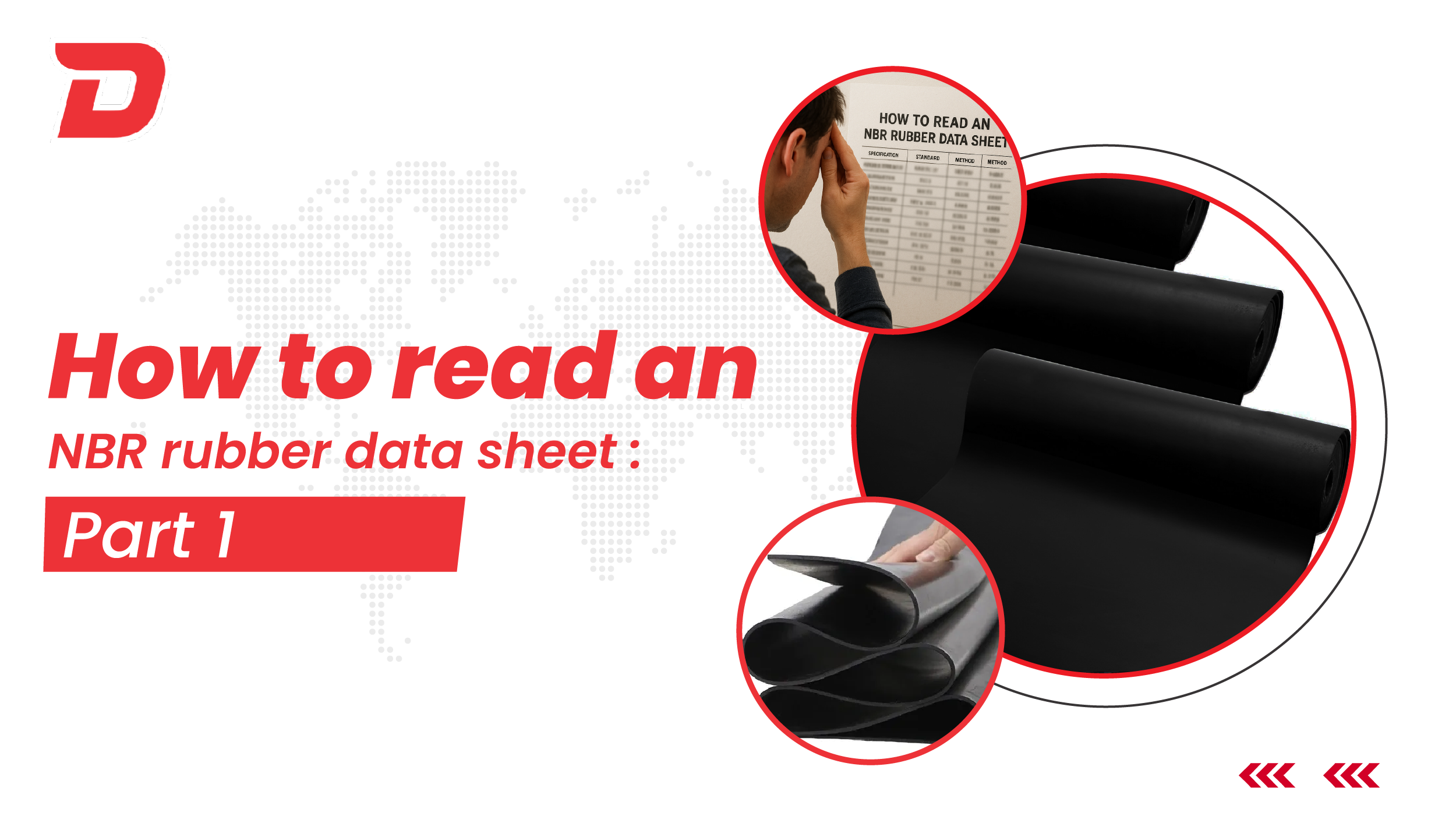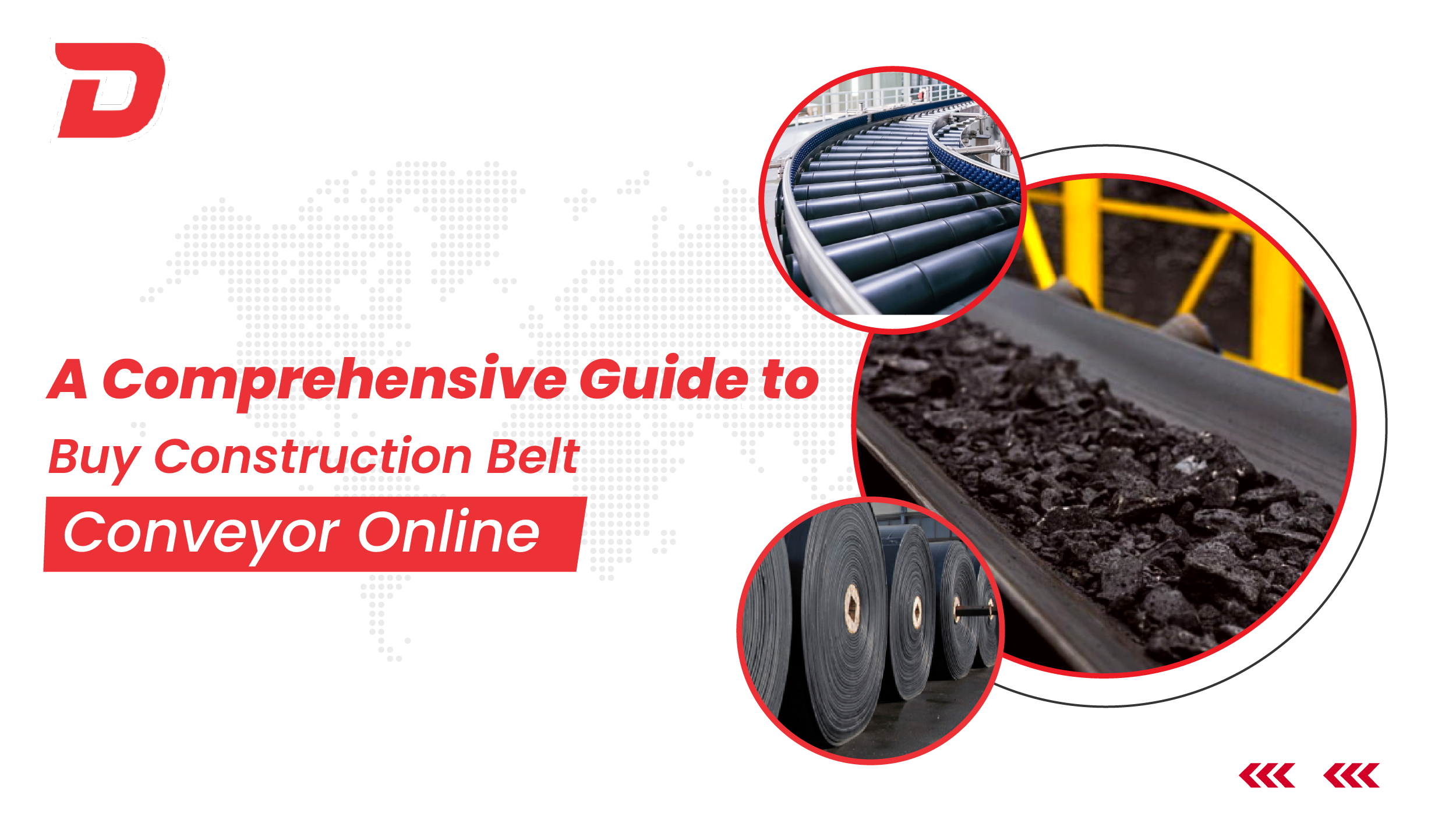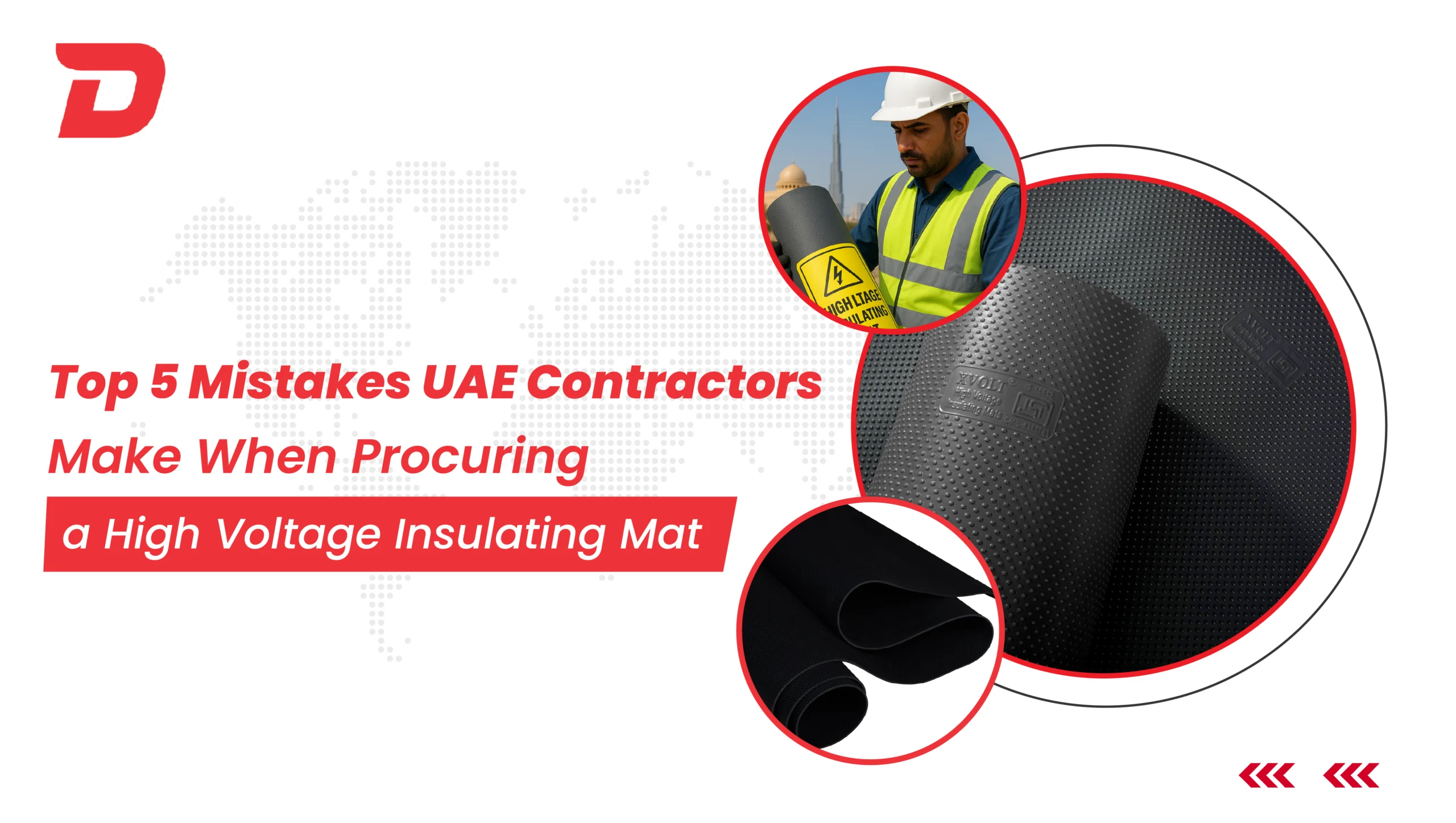EVs or Electric Vehicles are the future, with global EV stock crossing 40 million units in 2024. The EV market is forecasted to hit 240 million by 2030 (IEA, 2024). The rise is parallel in commercial and residential setups. Along with this hype around EVs comes another deadly risk: electric shocks. That is why we will help you prepare your EV garage with an electric shock proof insulating mat in this blog!
We will break down why electrical insulating shock proof mats matter. You will also get to know what their standards mean and how to choose the one for your EV garage, paying the right electric shock proof insulating mat price.
Why EV Garages are Prone to Electric Shocks: Reasons You Need an Electric Shock Proof Insulating Mat
Electric vehicles are not like conventional cars. They operate between 400 Volts and 800 Volts, with some reaching up to 1000 Volts. Such high voltages can cause deadly electric shocks if not handled properly and without protective equipment like an electric shock proof mat.
Some common risk scenarios are:
- Charging system faults
- Battery disassembly or diagnostics
- Wet or conductive flooring
- Improper grounding during maintenance
- Use of metallic tools near live connections

According to the National Fire Protection Association (NFPA), many EV-related electrical incidents are caused by inadequately equipped home garages or a lack of personal protective equipment (PPE) in workshops.
How to Prepare Your EV Garage with Electrical Insulating shock proof mats
Have you bought the electric shock proof rubber mat yet? Or, are you still doing your research? Well, if you haven’t bought electric rubber matting rolls yet, we recommend that you always settle for a certified product.
Uncertified electrical shock resistant safety mats are cheaper, but they are not safe. No certificate means they haven’t been tested for safety. On the other hand, if you have bought an electric shock proof insulating mat, ask your supplier for the test certificates. Industry standards and certifications guarantee the safe use of electric mats.
Now, if you have bought electric rubber mats and they are certified too, the next step will be the first for you:
1. Division of Zones and Identification of High-Risk Areas
There are low, medium, and high voltage zones in your EV garage. You can start by identifying the areas exposed to the highest voltages, like:
- Under wall-mounted or floor chargers
- Around control panels or power distribution boards
- Beneath EV lifts or mobile tool carts
- EV battery workstations
Why is it important to divide the areas electric-intensity wise? An electric shock proof mat comes in various classes. For example, an IEC 61111:2009 electrical rubber mat is divided into 5 classes for 1 kV, 7.5 kV, 17 kV, 26.5 kV, and 36 kV. The features and electrical shock proof insulating mat price differ with each class.
2. Choose the Right Electric Mat Type and Class
Electrical shock resistant safety mats are compliant with either IEC 61111:2009, IS 15652, or ASTM D178 electrical safety matting standards.
You should match your electrical mat with the working voltage of the equipment in the EV garage. An example of that is below:
| Use Case | Recommended Class (IEC 611111;2009) |
|---|---|
| Home garage EV charger (≤1kV) | Class 0 |
| EV maintenance bay (≤7.5kV) | Class 1–2 |
| Commercial EV fleet hub (≥15kV) | Class 3–4 |
Additionally, look out for these features in whatever electric shock proof insulating mat class you choose:
- Anti-slip surface (fine-ribbed, large-ribbed, dotted, textured, etc.)
- Oil, Ozone, UV, and chemical resistance
- Water repellency
- Proven dielectric strength
3. Surface Preparation Before Installation
Once you have identified high-risk areas and bought the right electric shock proof rubber mat, you can move on to the most critical part of the job, which is installation.
Prepare the surface by cleaning the area- especially making it free of grease, oil, and moisture. You can simply sweep and mop the floor. Allow the area to dry completely before laying the electric mats.
Note: Water is a good conductor of electricity. Therefore, even the slightest trace of water on the floors will interfere with the efficiency of the electrical insulating shock proof mats.
4. Lay the Mats on the Floor
After preparing the surface, simply lay the mats on the floor. There should be no trapped air bubbles inside. The mat should stay in place without having any folded corners. If needed, you can cut the corners of the electrical shock resistant safety mats. Nonetheless, we do not recommend that users cut the mat on their own. If you require narrower or shorter mats, talk to your electric shock proof mats manufacturer.
Many users prefer gluing the mats to the floor. However, you won’t be able to clean the mats or the floor below if you apply glue. The IEC 61111:2009 and ASTM D178 switchboard mats have a thicker surface. Hence, they do not move much in moderate traffic areas if you do not apply adhesive.

5. Inspect from Time to Time
Electrical shock proof mats have a shelf-life of 5+ years if maintained with care. Store the mats in their roll form or lay flat if you do not need them at the moment, or bought them in bulk.
Inspect the electrical mats for cracks, wear, or discoloration.
Replace the electric mat every 3-5 years or as your electrical mat supplier recommends.
Do you Need Expert Help in Installing the Electric Shock Proof Insulating Mat?
Can you install the electrical mats yourself, or do you need expert help? The electric shock proof insulating mat price is not low. Thus, even wasting one electrical matting roll to experiment is a loss.

The truth is- No. You do not need specialist help when installing the electrical mats. But expert guidance during the purchase can save you time and money. Experts can direct you accordingly, demonstrating the pros, cons, and applications of each matting type.
Need help? Call us!







